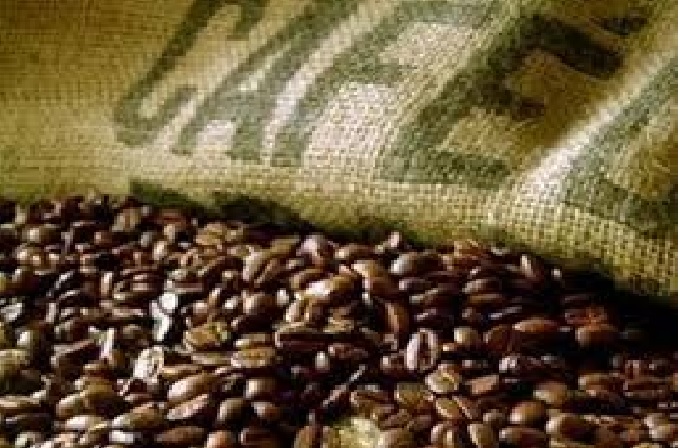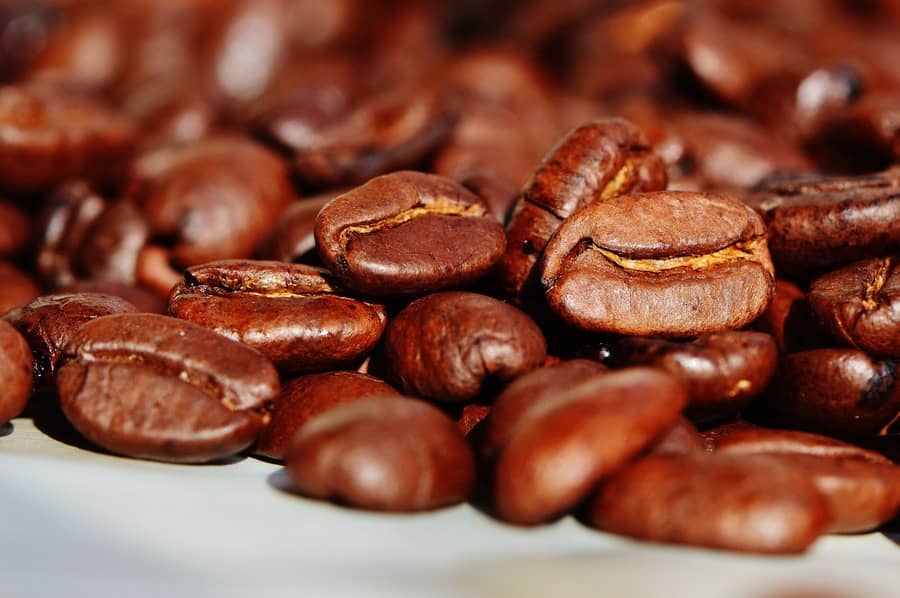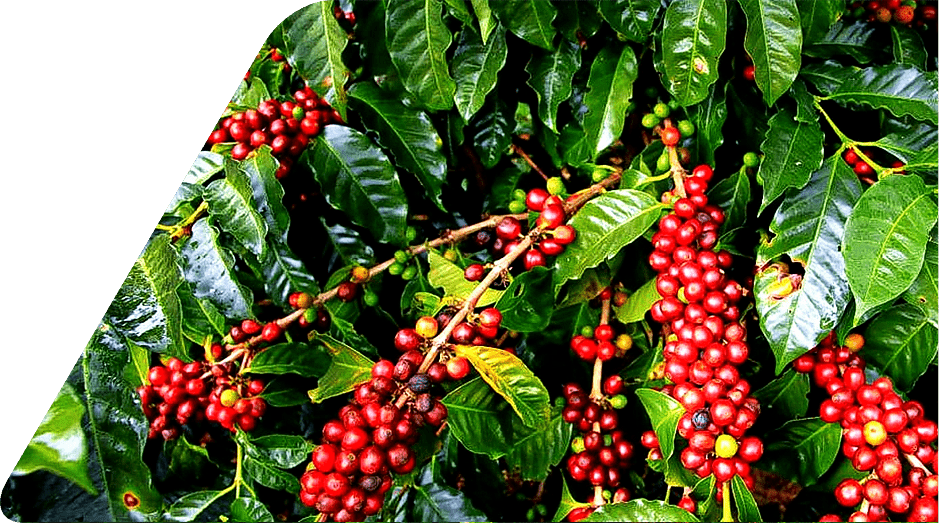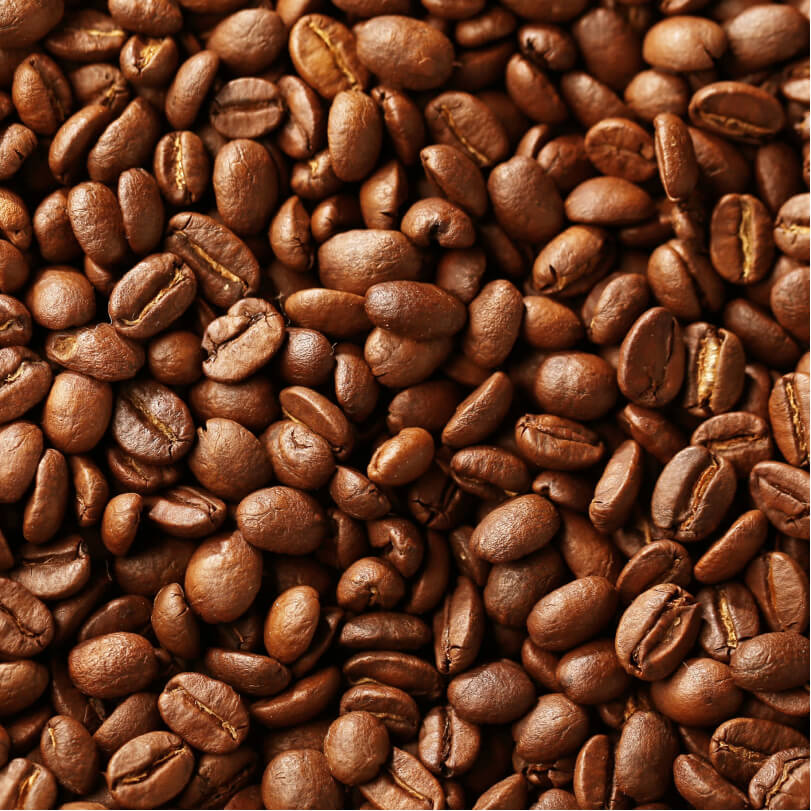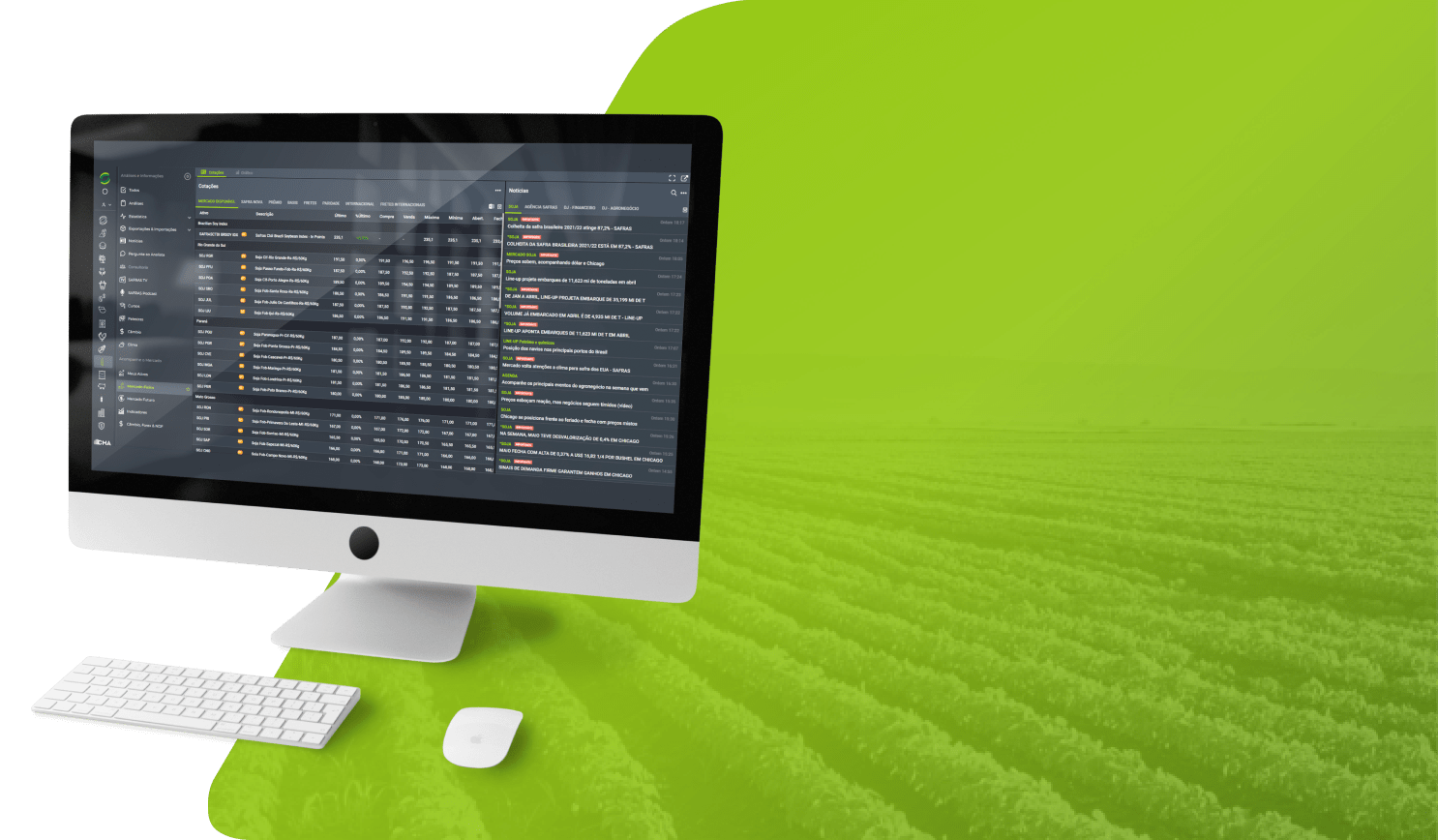The sales flow slowed down last month due to the surge in coffee prices on the international market and the strong withdrawal on the sellers’ side. The high percentage already committed by growers and the expectation of a strong tightening of supply, at least until the arrival of the new coffee crop, support the bullish outlook, which influences the sellers’ stance. Arabica trading above 400 cents in New York and robusta close to USD 5,800 per ton in London reinforce this upward bias, which results in the disappearance of sellers.
The fact is that the Brazilian physical market has lost liquidity, despite the aggressiveness of some buyers. Export business is more focused on covering shipments, with very few trades on the market. Firmer differentials in FOB Santos have made Brazilian coffee more expensive, which has slowed down the interest in external purchases. The domestic industry, especially large roasting and grounding companies, has been more on the buying side, seeking to cover needs until the arrival of new coffee. This has been the business dynamic, with more buyers than sellers, and the flow focused on reducing exposure until the arrival of the new crop in Brazil.
According to a survey by SAFRAS & Mercado, through February 11, growers sold 88% of Brazil’s 2024/25 coffee crop, up 3% from the previous month. Despite the slowdown in the pace of sales, the flow remains accelerated compared to the same period last year, when growers sold 79% of the crop. Sales are also ahead of the five-year average (2020-2024), which indicated that 82% of production had been sold.
Sales of arabica reached 85% of production, far exceeding both the same period last year (75%) and the five-year average, which was around 79%. Sales by cooperatives have been particularly fast, with many already selling more than 90% of the amount sold by growers.
The sales of canephora coffee (conillon/robusta) are entering their final stretch, with very little coffee still held by growers. The loss of external competitiveness, with Asian robusta being cheaper than the Brazilian product, has concentrated the flow of sales in this final stretch of the crop on domestic demand. Sales by canephora growers have already reached 93% of the expected production. The pace of negotiations continues to be much faster than last year and the five-year average, as both were around 87% of the crop.
The shortage of coffee in the hands of growers should mark the end of the 2024/25 business season and contribute to price firmness. The logic, therefore, is for growers to remain cautious and stagger sales. They should adjust the rest of their sales flow until the arrival of new coffee, which, this year, may occur a little earlier. The high price should motivate the increase in coffee reaped earlier and with a high percentage of green beans. In addition, the use of maturation accelerators can also anticipate the arrival of coffee from the 2025 crop on the market. Therefore, growers need to be alert so as not to miss the market moment during the transition between seasons.




